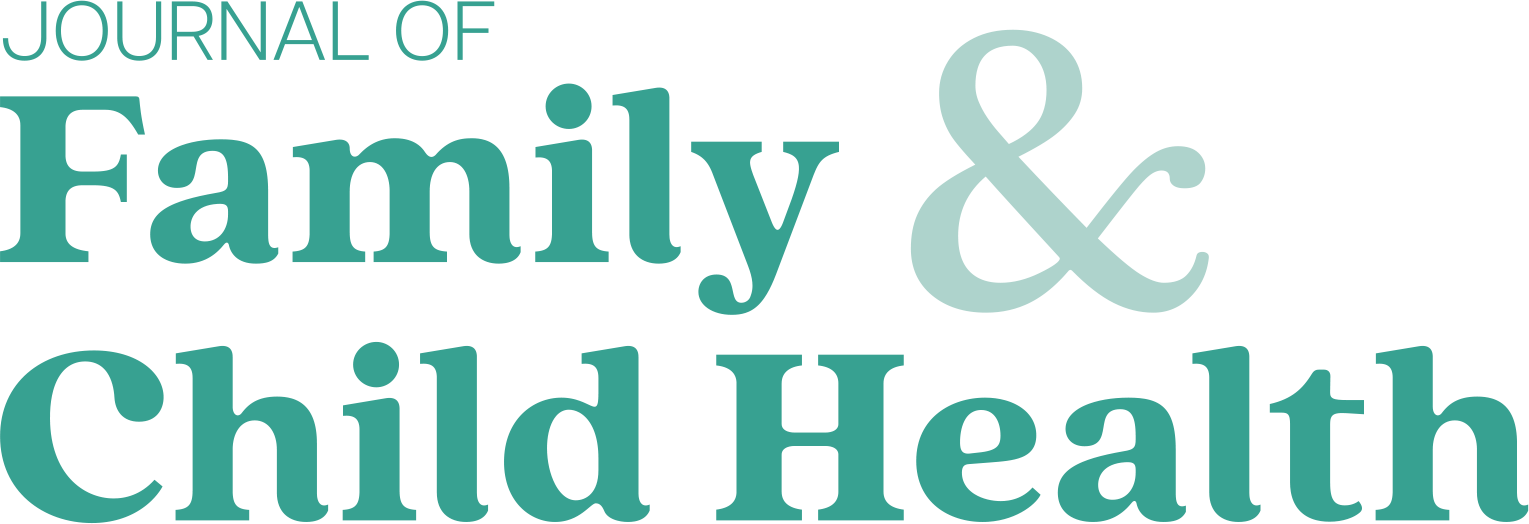Child maltreatment during the COVID-19 pandemic
This review, conducted in Canada, aimed to contribute to the understanding of the challenges arising from the COVID-19 pandemic with regard to child maltreatment, and inform effective interventions in child welfare (McDowell et al, 2024).
During COVID-19 lockdowns, parents and caregivers faced challenges in receiving support from friends and family. Caregivers perceiving a diminished emotional or social support system may have been more prone to child abuse. For children, the inability to attend school or daycare meant they lacked supervision and were cut off from basic necessities, posing a specific risk factor for neglect.
The pandemic created additional challenges for families, including loss of income, and reduced social support, all of which were found to be associated with risk factors for child maltreatment. The likelihood of experiencing violence and abuse increased significantly for groups that were already vulnerable. The authors say, ‘During the pandemic, Reddit saw a 94% increase in posts related to children and adolescents experiencing maltreatment. Since March 2020, the Rape, Abuse, and Incest National Network in the US has reported a surge of calls from minors experiencing maltreatment.’
‘In the future, implementation of school-based screening programmes or initiatives targeting dietary habits and physical activity … should be considered’
The authors conclude that there is evidence for increased risk factors associated with child maltreatment, as well as evidence that child maltreatment increased during the pandemic. They recommend changes in policies relating to children and families who are at risk of maltreatment in future public health and environmental emergencies such as pandemics.

Caregivers' experiences of having a child with Down syndrome
This meta-synthesis focused on the experiences of caregivers of children aged 0–18 with Down syndrome. The authors say it aimed to understand the difficulties faced by caregivers, how they responded and their needs. The databases Web of Science, PubMed, EMBASE, Cochrane Library, CINAHL, PsycInfo, China Biology Medicine, China National Knowledge Infrastructure, Wanfang Data, and the China Science and Technology Journal Database were used. The search period was from inception of the database to October 2023 (Zhang et al, 2025).
In total, 452 articles were retrieved through the preliminary search, and seven findings were extracted: feeding pressure, hope for education, societal rejection and stigma, psychological pressure, care burden, family burden, family adaptation, and self-growth.
The study found that a family's economic status may become a source of feeding pressure for caregivers, while high economic levels and sufficient professional resources can increase feeding confidence. Caregivers often exhibit anxiety and stress when experiencing feeding difficulties. Coping strategies include positive coping, such as Mindfulness-Based Stress Reduction (MBSR), meditation and yoga, as well as negative coping, such as a stress-related diet. Some special educational schools hire physical, occupational, and language therapists to learn sign language with children, help them communicate better, and engage in professional exercises to improve low muscle tone.

This meta-synthesis of findings indicates the necessity of establishing understanding and support for families of children with Down syndrome, the authors conclude.
Engaging parents attending an adult weight management programme with child weight management support
This UK-based study examined whether parents of children aged 5–11 years old attending an adult weight management programme are receptive to their child's height and weight being measured; interested in receiving support for their child, if they are worried that their child is overweight, or their child is identified as overweight (through a height/weight check); and willing to be signposted by the service to support for their child. The study also examined formats of support, parents would like to help their child reach a healthier weight (Mears et al, 2025).
Parents with children aged 5–11 years were eligible to take part in an online survey and telephone interview. The survey was offered to all parents, regardless of their perception of their child's weight status. The telephone interviews focused on parents worried about their child's weight.
Participants were recruited via an advert on the members-only section of the weight management programme's website. The study was also highlighted in a weekly email communication to group consultants, asking them to share the survey link in their weekly group session with eligible members. Most parents (78%) who were worried about their child's weight wanted support to help their child attain a healthier weight, and 98% were willing to be signposted to this support by the programme.
Nearly half (47%) who were not worried about their child's weight were still interested in a height and weight check for their child, of whom 53% indicated that they would be receptive to child weight management support if the check identified their child as having overweight or obesity.
Future research should pilot this novel referral pathway and explore outcomes such as recruitment and retention, compared with traditional referral pathways, the authors say.
Study of blood pressure in school-aged children
The aim of this study was to evaluate blood pressure (BP) in a sample of school-aged children, and to search for factors that might influence BP variability (Nicolas et al, 2025).
This retrospective longitudinal analysis studied the blood pressure of school-aged children in France, covering the classes of 2013–2021. From medical records of the children, sex, date of birth, date of medical visit which takes place every 2 years (in the 6th, 8th, and 10th grade), height (in cm), weight (in kg), systolic blood pressure (SBP), and diastolic blood pressure (DBP), were collected for each child.
The sample consisted of 2164 children. SBP and DBP were significantly lower in girls than in boys and were significantly correlated with body mass index (BMI). A significant increase in SBP and DBP was observed from the 6th to the 10th grade, as well as a significant decrease of BP during a 9-year follow-up.
Results of the study confirm that the BP was higher among boys than girls and was correlated with BMI. In addition, there was an increase in BP with age between the 6th, 8th, and 10th grades and a decrease in BP over time. The results confirmed a sex difference in BP, an increase in BP with age and a positive association between BMI and BP.
Further studies are needed to determine if this decrease in BP with time will persist. In the future, implementation of school-based screening programmes or initiatives targeting dietary habits and physical activity and identifying modifiable risk factors should be considered.
Alcohol use among adolescents and the impact of the COVID-19 pandemic
This study, in Croatia, aimed to determine patterns of alcohol use of school pupils by gender and age in the spring of 2022, 2 years after the beginning of the COVID-19 pandemic. Additionally, it aimed to investigate the association of alcohol use patterns with school work pressure, peer support, communication with mother and father, hospitalisation of a close family member for COVID-19, and COVID-19 impact on mental health and life as a whole (Valentić et al, 2025).
The study sample, based on the official list of schools released by the Croatian Ministry of Science and Education, was obtained by using the school class as a sampling unit. School classes were randomly selected at the national level and, in the case of 15-year-olds, stratified by the type of high school.
The data were collected from pupils attending the 5th and 7th years of elementary school, and those attending the first year of high school (aged 11, 13, and 15 years, respectively).
A higher percentage of boys reported life-time drunkenness compared with girls at ages 11 (9.3% vs 3.8%) and 13 (17.2% vs 15.6%), but the opposite was true at the age of 15 (43.7% vs 42.8%).
For 15-year-olds, boys whose lives as a whole were negatively affected by COVID-19 were more likely to have used alcohol recently than those whose lives were positively or neutrally affected by COVID-19. Girls of the same age reporting communication difficulties with their fathers showed higher odds for recent alcohol use than those who said that they communicated easily with their fathers.
The authors conclude that the study results highlight a growing need for effective support systems to reduce harmful coping mechanisms, such as alcohol consumption in young people. Preventive activities and strategies in response to negative COVID-19 impact should be directed toward both genders, with a focus on girls' needs.
The authors say that all of these efforts are vital for creating interventions adapted to the needs of adolescents in a rapidly changing world.


